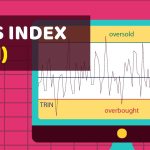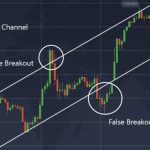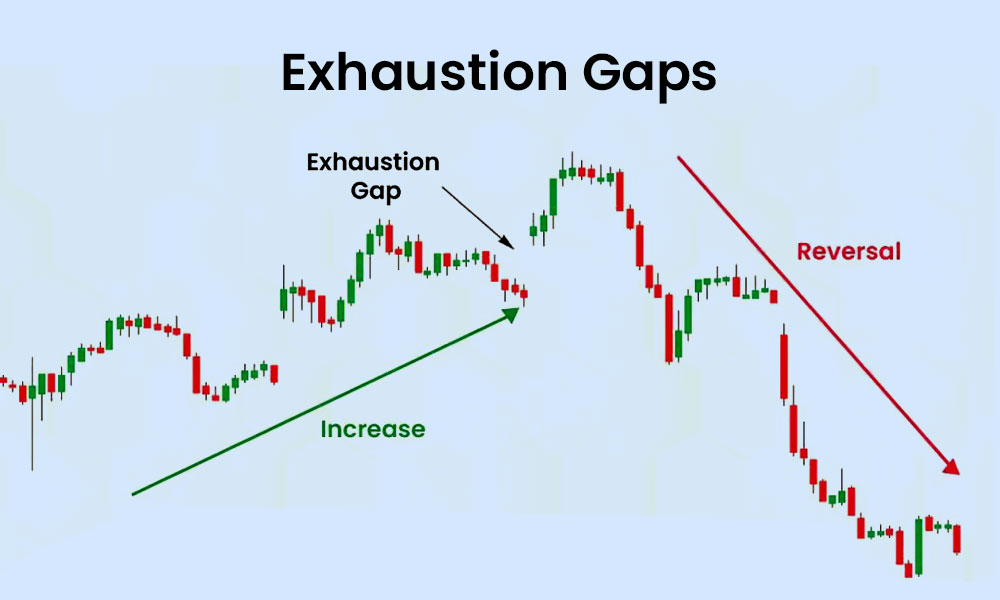
By ATGL
Updated August 27, 2024
Traders seeking to refine their market timing and risk management often turn to the Parabolic Stop and Reverse (SAR) indicator. This versatile tool, appearing as a series of dots on price charts, offers clear signals for potential trend reversals and momentum shifts.
Whether you’re new to technical analysis or looking to improve your existing strategy, understanding the Parabolic SAR can sharpen your trading decisions. This guide details the indicator’s mechanics, explores its practical applications, and demonstrates how to integrate it effectively into your trading approach.
What Is the Parabolic SAR Indicator?
The Parabolic SAR is a technical indicator used to determine the direction of an asset’s momentum and identify potential reversal points. Introduced by J. Welles Wilder, Jr. in his 1978 book “New Concepts in Technical Trading Systems,” this indicator appears as a series of dots on a price chart, either above or below the price action.
The indicator’s name, “Stop and Reverse,” reflects its primary function: to signal when to close a current position and open a new one in the opposite direction. This makes it particularly useful for traders looking to capture trends and manage their risk effectively.
How the Parabolic SAR Indicator Works
At first glance, the dots of the Parabolic SAR might seem mysterious. But behind these simple markers lies a precise mathematical formula.
Parabolic SAR Formula
The Parabolic SAR uses a complex formula that adjusts based on price movement. The basic formula is:
SAR(n+1) = SAR(n) + AF * (EP – SAR(n))
Where:
- SAR(n+1) is the next period’s SAR value
- SAR(n) is the current period’s SAR value
- AF is the Acceleration Factor
- EP is the Extreme Point
The Acceleration Factor (AF) typically starts at 0.02 and increases by 0.02 each time a new Extreme Point is reached, up to a maximum of 0.20. The Extreme Point (EP) is the highest high for a long trade or the lowest low for a short trade.
This formula allows the indicator to accelerate as the trend strengthens and decelerate as the trend weakens, providing a dynamic representation of price momentum.
Using the Parabolic SAR Indicator in Trading
The Parabolic SAR provides valuable signals for trend direction and potential entry and exit points. Here’s how to interpret and apply these signals effectively:
- Dots below the price indicate an uptrend.
- Dots above the price signal a downtrend.
- When dots cross from below to above the price, it suggests a potential bearish reversal.
- Dots crossing from above to below the price indicate a potential bullish reversal.
Recognizing Trend Reversals
Identifying trend reversals is a key strength of the Parabolic SAR. When the dots flip from one side of the price to the other, it signals a potential trend change. However, to confirm these reversals:
- Look for accompanying volume increases.
- Check for supporting price action, such as the breaking of essential support or resistance levels.
- Consider using additional indicators like the RSI or MACD for confirmation.
Optimal Settings for Different Markets
While the default Parabolic SAR settings work well in many situations, adjusting them can optimize performance for specific markets:
- For volatile markets: Use a lower acceleration factor (AF) starting point (0.01) and a lower maximum (0.15) to reduce whipsaws.
- For less volatile markets: The standard settings (0.02 start, 0.2 maximum) often suffice.
- For longer-term trends: Lower the AF settings to make the indicator less sensitive to short-term price movements.
Always backtest your settings on historical data before applying them to live trades.
Common Mistakes To Avoid
When using the Parabolic SAR, be wary of these pitfalls:
- Overreliance on the indicator: Use it in conjunction with other technical tools and fundamental analysis.
- Ignoring market context: The Parabolic SAR performs best in trending markets. In ranging markets, it may generate false signals.
- Failing to adjust stop-losses: As the SAR dots move, adjust your stop-loss orders accordingly to protect profits.
- Misinterpreting reversal signals: A single dot flip doesn’t always indicate a full trend reversal. Look for confirmation from price action and other indicators.
- Using inappropriate time frames: Ensure your chosen time frame aligns with your trading style and the asset’s typical volatility.
Parabolic SAR Trading Strategies
With an understanding of the Parabolic SAR, you can explore practical strategies for implementation. These approaches combine the indicator’s strengths with other analytical tools to create powerful trading systems.
- Trend Riding: Enter a trade when the SAR dots flip to the other side of the price, indicating a new trend. Exit when the dots flip back, signaling a potential reversal.
- Combining with Moving Averages: Use a moving average to confirm the trend direction indicated by the Parabolic SAR. For example, enter a long trade when the price is above both the moving average and the SAR dots.
- SAR and RSI Strategy: Combine the Parabolic SAR with the Relative Strength Index (RSI). Enter a long trade when the SAR dots flip below the price and the RSI is above 50, indicating bullish momentum.
- Breakout Confirmation: Use the Parabolic SAR to confirm breakouts from chart patterns or key support/resistance levels. A breakout accompanied by a SAR dot flip can provide a stronger entry signal.
- Risk Management: Utilize the SAR dots as dynamic stop-loss levels, adjusting your stop as the dots move with the trend.
When implementing these strategies, remember that no indicator is perfect. The Parabolic SAR, like all technical tools, can produce false signals, especially in choppy or ranging markets. Always use proper risk management and consider combining the Parabolic SAR with other best technical indicators for day trading for a more robust analysis.
Additionally, familiarizing yourself with common day trading patterns can enhance your ability to interpret Parabolic SAR signals within the context of broader market structures.
Become a Successful Trader With Above the Green Line
Mastering the Parabolic SAR indicator is just one step toward becoming a proficient trader. At Above the Green Line, we offer comprehensive resources and tools to help you elevate your trading skills. Our advanced trading platforms and educational materials can help you integrate the Parabolic SAR and other technical indicators into a cohesive, profitable trading strategy.
Ready to take your trading to the next level? Explore our membership options and join a community of dedicated traders committed to continuous improvement and success in the markets.






